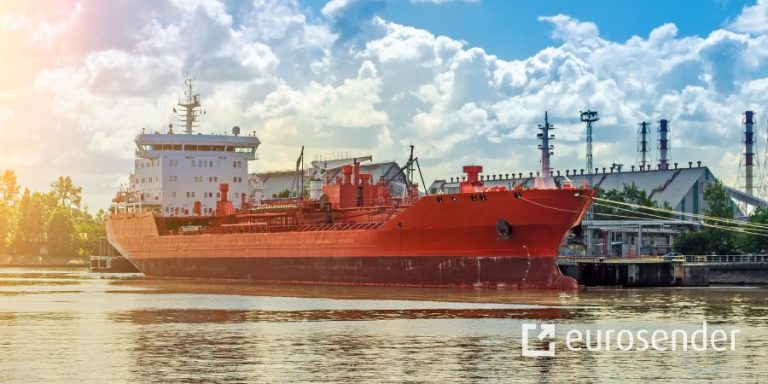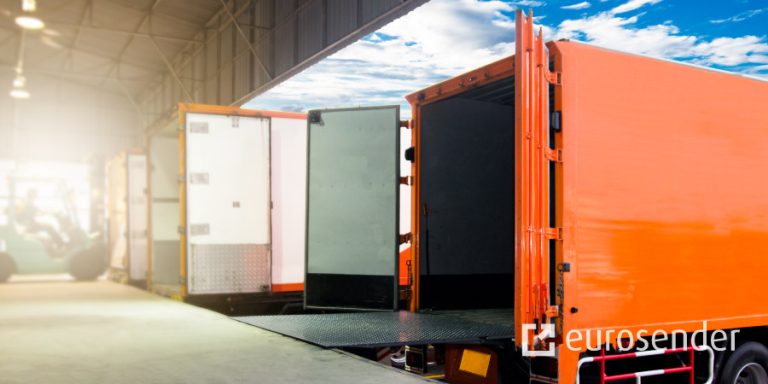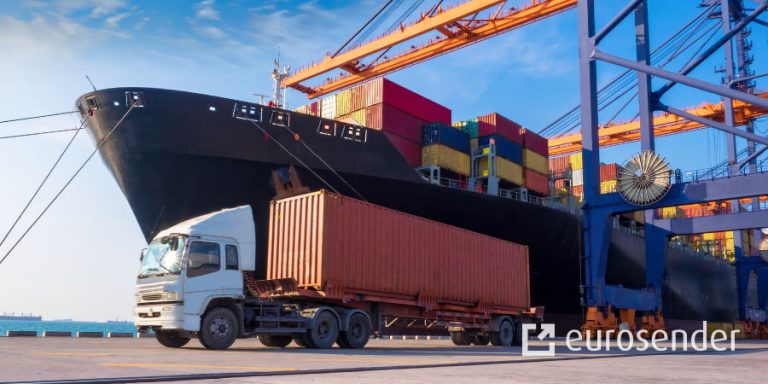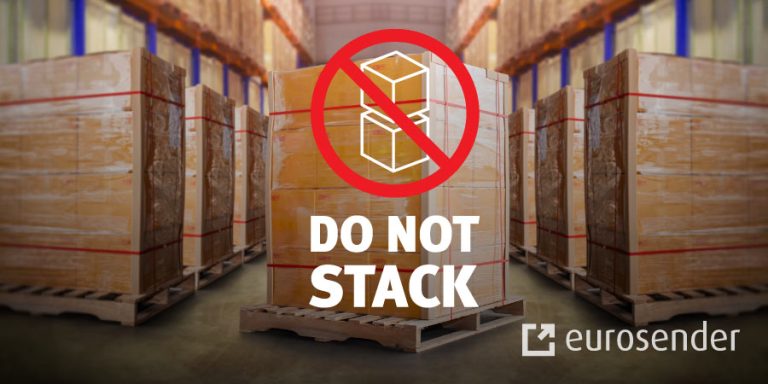Rail shipping vs road shipping. Brief comparison.
TL;DR
- Rail shipping is cheaper for long distances due to lower fuel consumption, while road shipping is more cost-effective for short routes.
- Road shipping is ideal for short distances with door-to-door service; rail is better for long-distance, heavy cargo.
- Road is faster but prone to delays (traffic, weather); rail is slower but more punctual.
- Rail is more eco-friendly due to lower fuel usage, while road shipping causes more pollution.
Create an account for free!
Rail shipping vs road shipping. Which one should you opt for?
There are many things to consider before deciding which one is the right solution for your needs. The choice will mainly be affected by the budget, type of cargo, timeframe and the distance between the pick-up and delivery point.
Jump to:
- Costs comparison
- Distance comparison
- Type of cargo comparison
- Transit time comparison
- Security comparison
- Environmental impact comparison
We’ve put together the main differences between road shipping and rail shipping and we divided them by cost, type of cargo, transit time, security and environmental impact.
|
Cost | |
|
Road shipping | Convenient prices that vary depending on the destination and type of cargo to be carried. The prices are generally low on short routes and the shippers can choose between a variety of options: Less than truckload shipping (LTL), full truckload (FTL) and partial truckload (PTL). |
|
Rail shipping | The rates are more convenient than any other type of transport thanks to the small fuel consumption. |
|
Distance | |
|
Road shipping | Road freight is preferable for transports within the same continent. For short distances, it provides shorter transit times than rail shipping. Moreover, road shipping offers the convenience of a door-to-door service. |
|
Rail shipping | Rail shipping is a good solution for cross-continent transport and preferred for long distance shipping thanks to its capacity of carrying heavy cargo. |
|
Type of cargo | |
|
Road shipping | It is a very versatile mode of transport, accommodate a wider range of goods that can be shipped, including the ones that are temperature sensitive. However, one lorry can only transport a definite amount of goods. However, when it comes to their weight and size, there is a certain limitation imposed and they vary from one country to another. |
|
Rail shipping | It is mainly used for shipping natural resources: coal, petroleum, natural gas or agricultural products. Also, it doesn’t impose a limitation on the total load that can be carried. |
|
Transit time | |
|
Road shipping | The freight can be delivered faster, based on the delivery schedules. However, it is exposed to delays due to traffic and weather condition. |
|
Rail shipping | Delivery times are usually longer in comparison with road freight. However, they are also punctual, thanks to the fact that external factors such as weather and traffic, don’t influence the transit times to a great extent. |
|
Security of the transport | |
|
Road shipping | Road freight is by far the most exposed mode of transport to accidents.
However, when it comes to tracking options, road freight provides the means to follow the transit of the cargo. |
|
Rail shipping | Even though accidents are not excluded, rail freight registers a significantly lower number of accidents.
In terms of tracking, rail shipping services are not as developed as the ones for road shipping. |
|
Environmental impact | |
|
Road shipping | Road freight impacts both the environment and the society due to the air pollution that it causes, as well as the noise pollution. |
|
Rail shipping | Thanks to the fact that the fuel consumption is much lower, the environmental impact of rail freight is not as prominent as the one of road freight. |
You may want to read more about:
- What is railway transport?
- Rail freight transport services
- What is road transport?
- Road freight transport services
Generally, rail freight in Europe has the lowest share of the logistics market. The European Commission has laid down plans of making it more effective and increasing its usage among shippers.
Road freight is still the preferred means of transport among businesses thanks to its convenient prices and flexibility.
At the same time, both these modes of transport are used in combination – what is known as being the multimodal or intermodal transport.
Want to know more?
Check our articles that explore different topics within the logistics industry.
Create an account for free!
About the author






